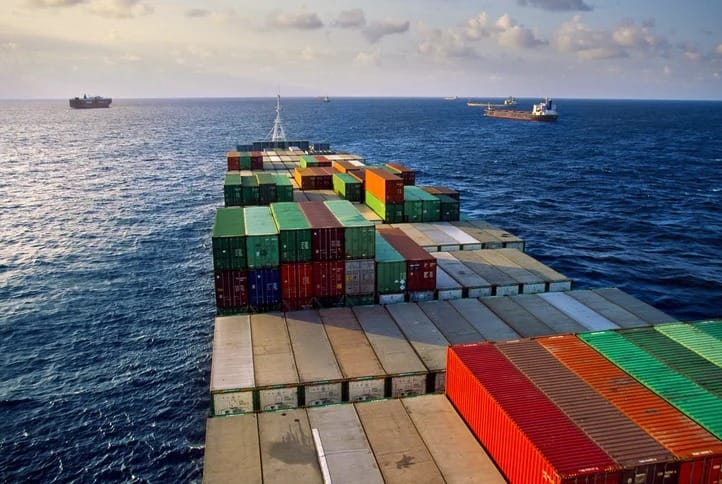Innovation, investment, connectivity: according to the CEO of Africa50, these are the pillars of a future where development and sustainability go hand in hand.
We are witnessing a renewed international interest in the energy sector in Africa. This momentum, which has been long awaited, was fully expressed at the recent Mission 300 summit, held in Tanzania by the African Development Bank (AfDB) and the World Bank (WB). However, the 'just energy transition' in Africa remains equally elusive. It is well known that, according to the International Energy Agency (IEA), Africa accounts for less than 3% of global CO₂ emissions related to energy, while disproportionately suffering the impacts of climate change.
Given the urgency of providing affordable energy to 600 million people still living in the dark, the continent must act quickly to win the race for development and achieve ambitious economic growth targets. These priorities require bold investments, innovative solutions, and strategic partnerships. It will also be crucial to carefully harness all available energy sources, combining renewable energies with responsibly used fossil fuels, to achieve these goals without further delay.
Historically, energy consumption in many African countries has been minimal, largely due to a low level of industrialization. At the beginning of the century, only 25% of the population in Sub-Saharan Africa had access to electricity. By 2021, although access to electricity had doubled, 40% of the population still lacked access, a worrying statistic when compared to the continent’s vast renewable energy potential and untapped hydrocarbon reserves. During the same period, other regions have heavily relied on fossil fuels to drive their growth, while Africa has consumed only a small fraction, reflecting a huge disparity and highlighting the need for a ‘just’ transition.
Not only produce, but also transmit
The IEA estimates that achieving universal access to electricity in Sub-Saharan Africa by 2030 will require approximately $22 billion in annual investments. This figure does not include transmission infrastructure, which will require over $45 billion in the next eight years.
While large-scale production projects remain essential, decentralized renewable energy solutions (DRS) provide an immediate, scalable, and cost-effective path to electrification, especially in rural and underserved areas. These systems, including mini-grids and household solar panels, require approximately 30% less investment than traditional grid extensions and can reduce carbon emissions by up to 50% compared to diesel-based solutions.
The rural electrification program in Nigeria, for example, illustrates the transformative impact of DRS systems in quickly closing the energy access gap. At the same time, natural gas power plants, especially in regions with abundant reserves, can provide stable base capacity to complement and accelerate the deployment of renewable energy.
It is crucial to have a much broader transmission infrastructure to achieve the goal of connecting millions of Africans to electricity, ensuring that energy is not only produced but also delivered to everyone in an affordable and reliable manner. While renewable energy can be deployed relatively quickly, the required transmission infrastructure often takes longer to develop.
The significant lack of investment in electricity transmission across the continent only exacerbates the problem. Africa has approximately 112,000 kilometers of high-voltage transmission lines; by comparison, France alone maintains around 105,000 kilometers. Many regions remain unconnected or have limited access, not only due to transmission constraints but also regulatory obstacles, financing deficits, and the fragmentation of energy markets.
To fully harness Africa's potential, it is crucial that innovative investment models, political reforms, and cross-border collaboration take center stage. Public-private partnerships (PPPs) are a key mechanism to address these challenges; transmission projects under PPPs demonstrate how shared financing models can help governments overcome resource limitations.
Go green, but not just that
To achieve a just and inclusive energy transition, governments must prioritize energy infrastructure and establish transparent governance frameworks. At the same time, international stakeholders, including development finance institutions and philanthropic organizations, should collaborate with regional and national sector actors to mobilize more concessional financing and risk mitigation mechanisms that attract private capital.
The private sector plays an equally essential role, not only by providing financing but also by driving innovation. Collaborative approaches between governments, private companies, and multilateral organizations can drive advancements in energy technologies such as battery storage, green hydrogen, and next-generation wind and wave energy solutions. These technologies will be necessary to achieve the transition from fossil fuels. Increasing support for venture capital in project development will be crucial to mobilize large-scale private sector investments.
Africa’s energy transition is not just about going green; it’s about powering a future where development and sustainability go hand in hand. Strengthening transmission networks and expanding distributed renewable energy systems are key to success. With green technologies becoming more accessible and affordable, and the responsible use of Africa’s oil and gas resources, there is no longer a need to choose between development and sustainability. The continent can and must move forward in both.
Article source: jeuneafrique






